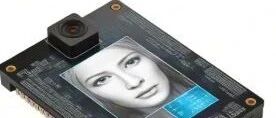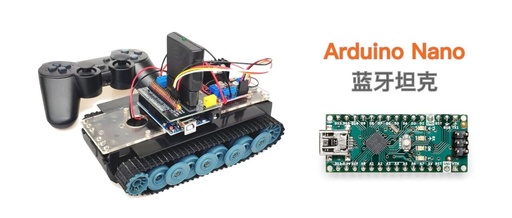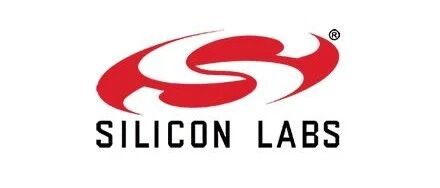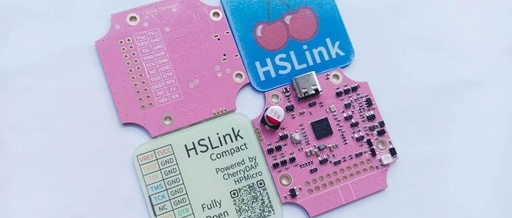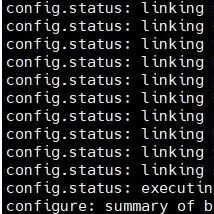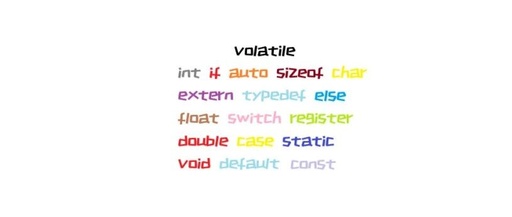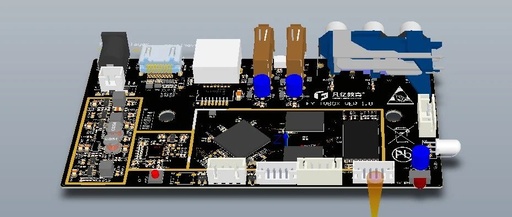A Custom OpenMV4 Module
A Custom OpenMV4 Module 1. Introduction to OpenMV4 OpenMV4 is an open-source machine vision development board based on the high-performance STM32H743 microcontroller, designed specifically for embedded vision applications. It features a 400MHz ARM Cortex-M7 processor and supports various detachable camera modules (such as OV2640, OV5640, etc.), enabling real-time image processing, color tracking, face recognition, barcode … Read more
